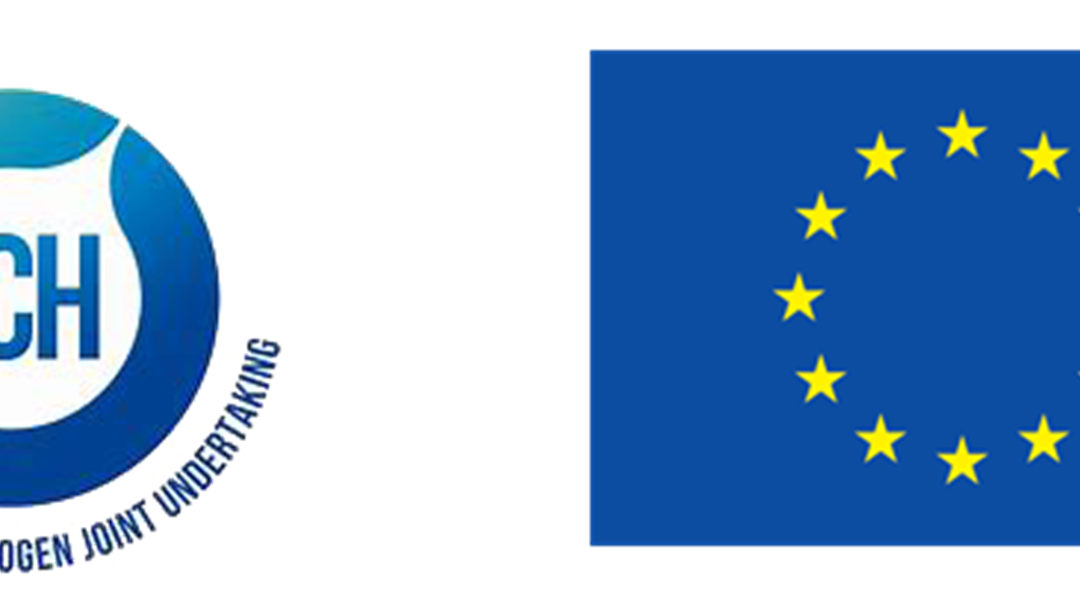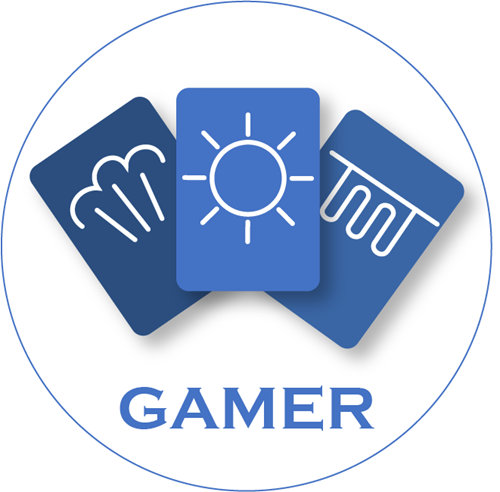GAMER multidisciplinary design tool for electrolyzer systems selected as key innovation by the European Commission Innovation Radar
The key innovation is a versatile multidisciplinary software tool that enables to quickly obtain key data for assessing energy efficiency and dimensioning of components for electrolysis systems based on protonic ceramic electrolyte cells. The model also provides useful information about the expected energy-cost of the produced hydrogen from electricity, a very relevant aspect in the current context of energy transition.
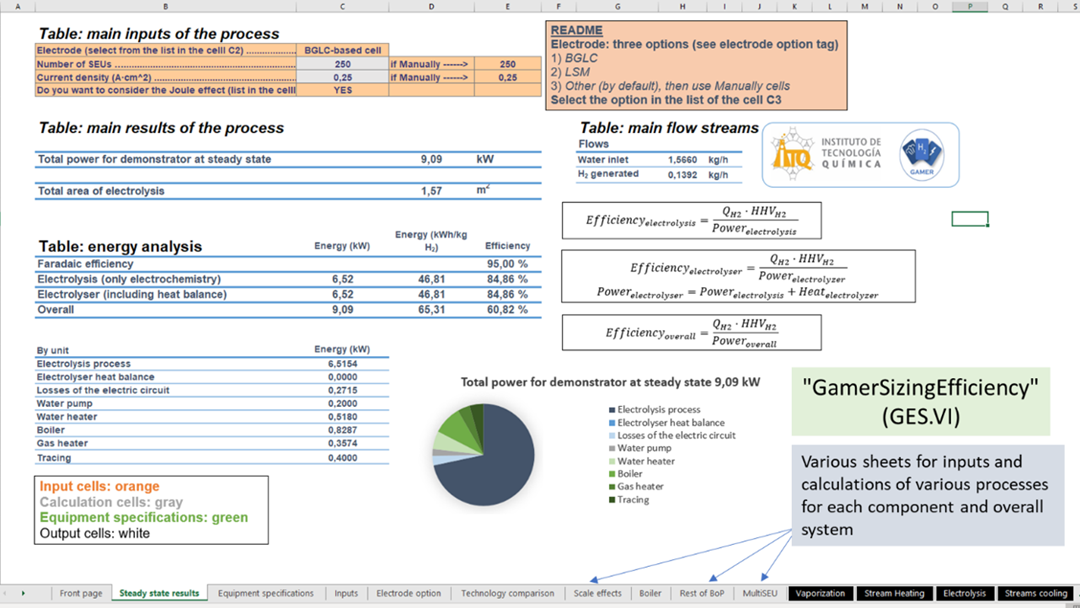
The tool has already played a pivotal role in decision making for the 10 KW demonstration unit and steering laboratory activities to reach the efficiency targets for the Horizon 2020 research project GAMER. Now, the tool will be made available to the public.
The Innovation Radar platform builds on the information and data gathered by independent experts involved in reviewing ongoing research and innovation projects fuThe tool has already played a pivotal role in decision making for the 10 KW demonstration unit and steering laboratory activities to reach the efficiency targets for the Horizon 2020 research project GAMER. Now, the tool will be made available to the public.
The Innovation Radar platform builds on the information and data gathered by independent experts involved in reviewing ongoing research and innovation projects funded by the European Commission. These experts also provided an independent view regarding the innovations in the projects and their market potential.
The aim is to make information about EU-funded innovations from high-quality projects visible and accessible to the public via the EU's Innovation Radar platform. This will give citizens and businesses access to the many excellent technological and scientific advances being delivered by researchers and innovators around Europe, funded on their behalf by the European Commission.nded by the European Commission. These experts also provided an independent view regarding the innovations in the projects and their market potential.
The aim is to make information about EU-funded innovations from high-quality projects visible and accessible to the public via the EU's Innovation Radar platform. This will give citizens and businesses access to the many excellent technological and scientific advances being delivered by researchers and innovators around Europe, funded on their behalf by the European Commission.
The innovation
The GAMER project has designed a 10 kW electrolyser system including necessary balance of plant and power electronics developed for pressurized operation and delivering hydrogen with an output pressure of 30 bar. In order to determine the efficiencies of the stand-alone prototype, a multi scale multi physics modelling platform has been generated by CSIC-ITQ and Shell. This modelling framework addresses materials, electrochemistry and flows spanning from cells, single engineering units (SEU), electrolyser and BoP.
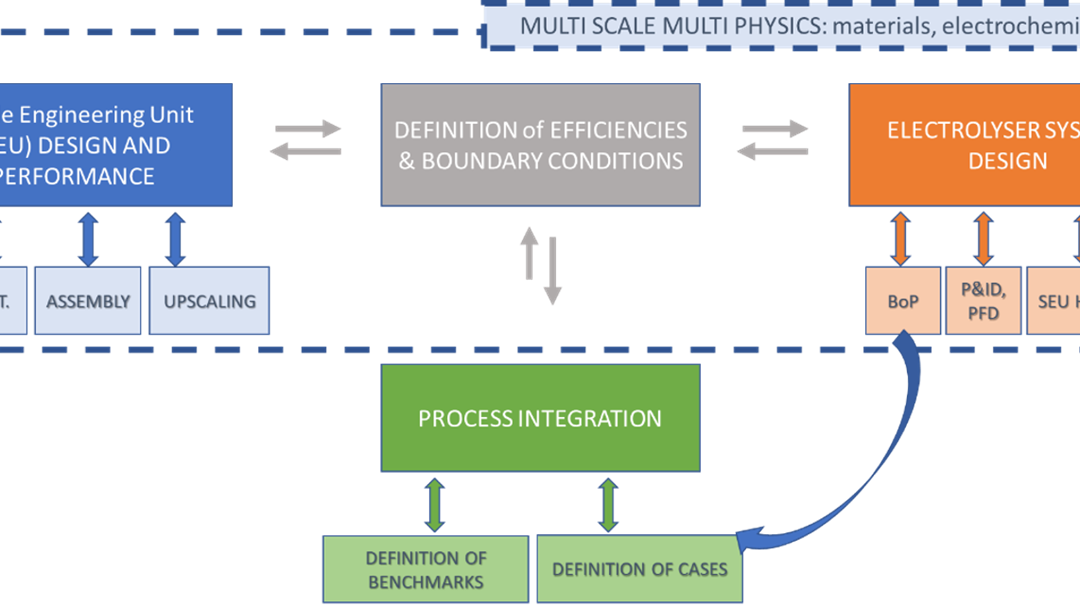
The calculation tool, so called "GamerEfficiencySizing" (GES), is now available in GAMER in an excel format and is currently under upgrading as open-access web-based version. This tool has been created by CSIC-ITQ in collaboration with Shell and has played a pivotal role in decision making for the demonstration unit and steering laboratory activities to reach the efficiency targets set in GAMER. Moreover, several definitions and assumptions (like the different efficiencies) became clear to all the participants as a common language was adopted across all disciplines.
GES (version VI) enables 0D analysis of the complete system, including energy balance and power demands of each component. The inputs of the calculations (electrochemical cells and bundles characteristics, process conditions and single-component efficiencies) are gathered and are based on experimental set of data generated in GAMER. The main outcomes of GES.VI are reported, indicating the electrolyser system designed in GAMER, size of the different components and the expected energy efficiency and energy -cost of hydrogen.
The GAMER project aims at delivering GES.VI as an open innovation available via webpage. More information on the availability of this tool will be posted on GAMER website.
About GAMER
The "GAMER" project is a European research project co-financed by the European Union's Horizon 2020 research and innovation program and the Fuel Cells and Hydrogen Joint undertaking under grant 779486. It started January 1st, 2018 and will last 3 years. (website: https://www.sintef.no/projectweb/gamer/)
GAMER is a game changer project delivering innovation in high temperature steam electrolysis with the development and operation of a 10 kW electrolyser system delivering 30 bar dry hydrogen. GAMER uses proton ceramic electrolyte transporting protons to produce directly dry undiluted hydrogen with high system efficiency (see figure below). Proton moving with a smaller activation energy than oxide ions, enables operation at 400 – 700ºC, which is beneficial for efficient thermal coupling with renewable or waste heat. In GAMER, the electrolyser system will be thermally coupled to renewable or waste heat sources in industrial plants to achieve higher AC electric efficiency and efficient heat valorisation by the integrated processes.
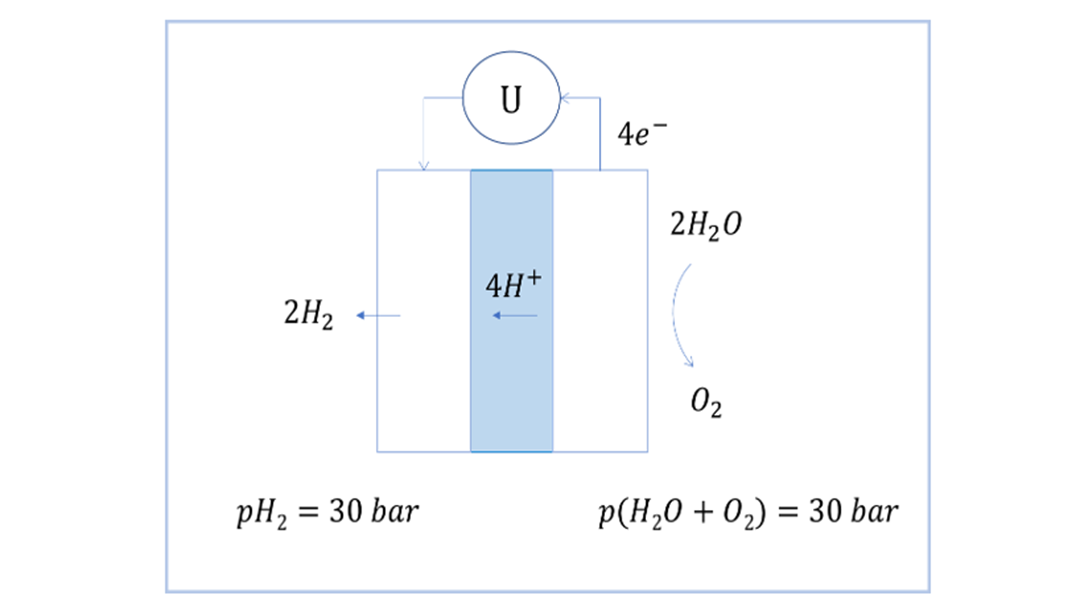
The GAMER project addresses the complete value chain of hydrogen production with dedicated focus on the following tasks:
Ø Optimisation of novel tubular electrochemical cell's design and key enabling technologies (seals, interconnects, manifolds);
Ø Mass production of the cells using eco-friendly processes;
Ø Design, engineering and testing of a pressurized 10 kW electrolyser system;
Ø Process design, LCA and techno-economic evaluation of the electrolyser integrated in an emission to liquid plant;
GAMER partners
The project gathers 7 partners:
- SINTEF AS (coordinator) (Norway)
- CoorsTek Membrane Sciences AS (Norway)
- Instituto de Tecnología Química -Consejo Superior De investigaciones Cientificas (Spain)
- CRI EHF (Iceland)
- University of Oslo (Norway)
- MC2 Ingenieria y Sistemas SL (Spain)
- Shell Global Solutions International BV (The Netherlands)
Contact info
Dr. Marie-Laure Fontaine, GAMER coordinator
SINTEF Sustainable Energy Technologies Department, Thin Film and Membrane Technologies Group,
Email:
Tel: +4793479555
Acknowledgments
This project has received funding from the Fuel Cells and Hydrogen 2 Joint Undertaking under grant agreement (number 779486). This Joint Undertaking receives support from the European Union's Horizon 2020 research and innovation programme, Hydrogen Europe and Hydrogen Europe research.
